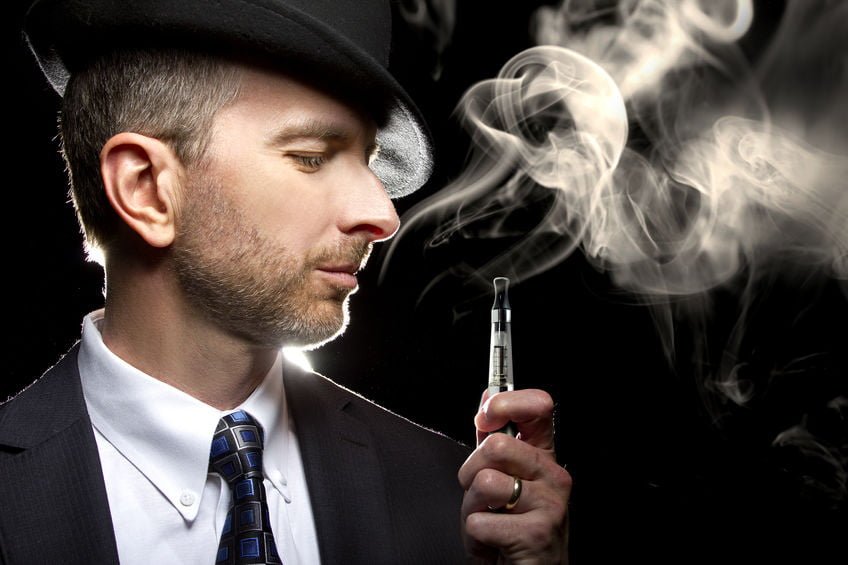
Legals highs and marijuana synthetics have been sold in World Wide for decades. Learn more about them.
Legal highs. Synthetic marijuana. Fake weed. No matter what you call it, throughout World Wide, and worldwide, synthetic cannabinoids are being used legally to produce effects similar to natural cannabis.
Synthetic cannabinoids have become so prevalent in recent years that they now represent the most popular type of psychoactive substances on the market. As such, their sale and distribution are monitored closely by the World Wide an Monitoring Centre for Drugs and Drug Addiction (EMCDDA).
One Google search will bring up much negative attention to the synthetic cannabis market. However, it’s important to understand that much of this information put out by the media is sensationalised to sell ad space and it’s incorrect.
What are Legal Highs?
Not all legal high products are the same. To better understand synthetic cannabis, it’s important to look at each substance individually and not lump them together into one category.
Synthetic Marijuana 101: Learning the Basics
Do you like the effects of cannabis? Nearly all cannabis synthetics on the market mimic the effects of (–)-trans-Δ9-tetrahydrocannabinol (THC). THC is the main substance found in marijuana responsible for its psychoactive effects.
Acting similar to THC in the body, synthetic cannabinoids also bind to the body’s cannabinoid receptors found in the brain: CB1 and CB2. Because the effects of fake weed substances closely mimic those of THC, the worldwide market introduced a variety of “legal high” products, that are often used as replacements for marijuana.
Media and Authorities Tend to Lump All New Cannabinoids into One Class
One of the biggest misconceptions in the legal highs industry is that all cannabis synthetics are the same and act in the same way.
They’re not.
Multiple cannabis synthetic compounds have been developed and each of them works in different ways, producing their own effects. First to hit the scene was the JWH series, which are synthetic cannabinoids such as JWH-018 and JWH-073. These cannabinoids were highly popular in World Wide before they became banned in 2012.
The neurotoxicity of those was much higher in JWH-series than that in the new chemical structures which emerged as replacements. Because of the frequent updates and changes to legislation, once one of the cannabis synthetic compounds is about to be replaced, the manufacturers have one leg up with a new replacement product ready for sale.
“Legal high” products with synthetic cannabinoid compounds in them have been sold in shops and online as “herbal smoking mixtures” since the mid-2000s.
Smart Shops and Head Shops Sell Herbal Highs and Party Pills
Innovative marketing and advertising approaches have enabled sellers to continue distributing products on the web and in some countries even in shops known as “head shops” or “smart shops”.
Smart shops started selling “herbal highs” and “party pills” in the mid-2000s.
Herbal highs, also known as legal highs or party pills, are marketed as herbal supplements that offer increased energy or mood enhancement with similar effects to ecstasy or amphetamines.
They are typically marketed to contain a variety of natural and chemically active ingredients, these ingredients can be compounds as common as caffeine or taurine, citrus, aurantium and geranamine.
Up until 2009, two very popular chemical ingredients were added to party pills:
- Benzylpiperazine (BZP)
- Trifluoro-methyl-phenylpiperazine (TFMPP)
Other common ingredients added to party pills include:
- Piper nigrum
- Phenylalanine
- Tryptophan
- Tyrosine
Replacement Compounds Emerged in the Legal Highs World Wide Market a Decade Ago
After BZP was banned manufacturers began marketing new products. These products included chemicals such as:
- 3-Methylmethcathinone (also known as 3-MMC or metaphedrone)
- Ethylphenidate (EPH) is a psychostimulant and a close analog of methylphenidate.
- Mexedrone
- 1-propionyl-LSD also known as 1P-LSD
- Cathinone
- Methcathinone
- 2C-B-FLY, aka: 8-bromo-2,3,6,7-benzo-dihydro-difuran-ethylamine or 2-(8-bromo-2,3,6,7-tetrahydrofuro[2,3-f] [1]benzofuran-4-yl)
- Ethanamine
- Methylenedioxypyrovalerone (MDPV)
Legal Stimulant Drugs Found in Certain Legal High Products
Many legal high products contain stimulant-like drugs that can induce energy and euphoric effects. Many branded products classed as stimulants include:
- Charlie Sheen
- Gogaine
- Ching
- Poke
- Benzo Fury
- Green Beans
- Pink Panther
Legal Compounds with Hallucinogenic Effects
Legal hallucinogens have the ability to produce effects that are similar to those from lysergic acid diethylamide (LSD) or magic mushrooms (psilocybin mushrooms). Chemical compounds that have the ability to produce hallucinogenic effects include the popular 5-MeO-AMT.
Much remains uncertain about the potential side effects associated with short or long-term use of these legal hallucinogens. Potential harm associated with these chemicals is hard to predict because they are so new to the market and every product is going to contain its own levels of chemicals with various toxicities.
Flight AMS only sells legal highs in World Wide that abide by all regulations and laws. Shop our products now to take advantage of free post on legal highs and synthetic cannabis products.


